What is Wear Resistance?
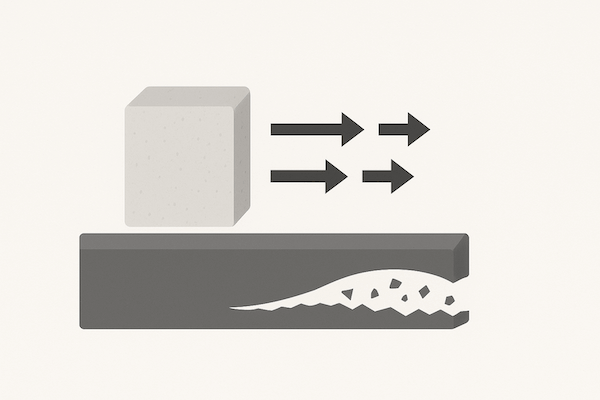
Wear resistance refers to a material’s ability to withstand gradual surface damage caused by friction, abrasion, erosion, or mechanical contact with other materials. It is a critical property in materials that are used in high-friction or high-stress environments, as it directly affects the service life and performance of components.
Materials with high wear resistance retain their shape, surface integrity, and dimensions even after prolonged use or repeated contact with harder or rougher surfaces.
Why is Wear Resistance Important?
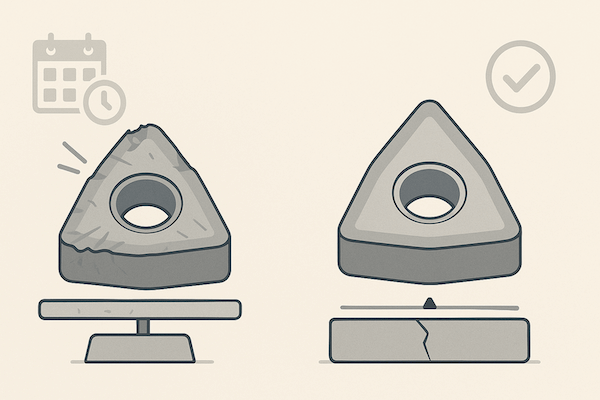
In industrial settings, many components and tools are subjected to continuous movement, cutting, grinding, or impact. Without adequate wear resistance, surfaces degrade quickly, leading to:
Loss of precision
Increased downtime
Frequent tool replacement
Higher maintenance costs
Wear-resistant materials help minimize this degradation, extending the lifespan of tools and equipment, and improving overall productivity and performance.
Tungsten Carbide: A Benchmark for Wear Resistance

Tungsten carbide (WC), especially when cemented with cobalt or nickel binders, is renowned for its exceptionally high wear resistance. This is due to:
The extreme hardness of WC particles (typically over 1600 HV)
A dense, fine-grained microstructure
The tough metallic binder phase that helps absorb stress and bind the grains
Because of these features, tungsten carbide is widely used in cutting tools, dies, punches, valve parts, wear plates, and mining components, where wear resistance is essential.
Types of Wear Tungsten Carbide Resists
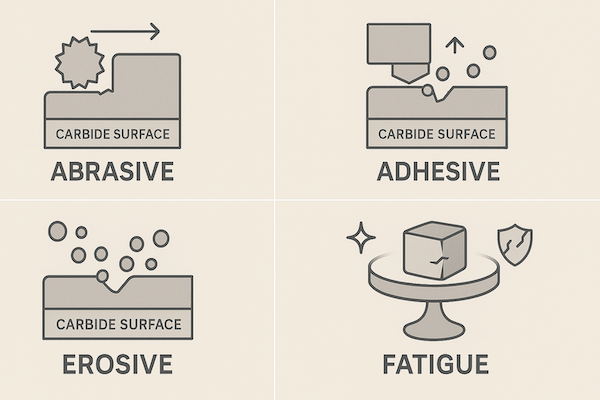
Tungsten carbide tools are engineered to resist several forms of wear:
1. Abrasive Wear
Caused by hard particles or rough surfaces sliding across the tool (e.g., in drilling or grinding).
2. Adhesive Wear
Occurs when material transfers between contact surfaces (e.g., in metal cutting or stamping).
3. Erosive Wear
Caused by fluid or particle impact (e.g., in slurry valves, nozzles).
4. Fatigue Wear
Develops through repeated stress cycles leading to microcracking (e.g., in dies and forming tools).
Factors That Influence Wear Resistance in Carbide
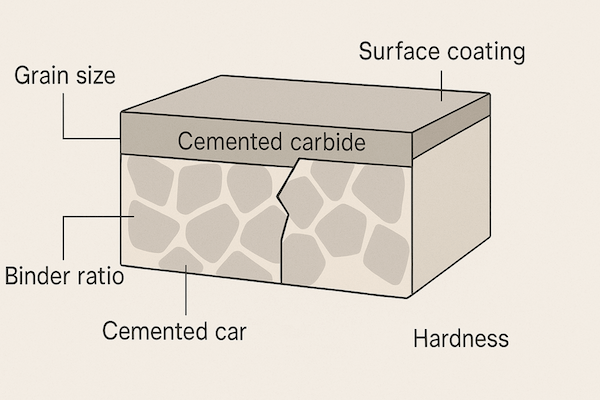
Several variables affect the wear resistance of cemented carbide:
▸ WC Grain Size
Fine-grained structures improve hardness and wear resistance, especially in cutting applications.
▸ Binder Content and Composition
Lower binder content increases hardness and wear resistance but reduces toughness. Cobalt is commonly used due to its strength and bonding properties.
▸ Hardness (HRA)
There is a direct correlation between hardness and wear resistance—higher HRA values often lead to better wear performance.
▸ Coatings
Advanced coatings like TiAlN, DLC, or CVD diamond enhance surface hardness and reduce friction, greatly improving wear life.
Applications Requiring High Wear Resistance
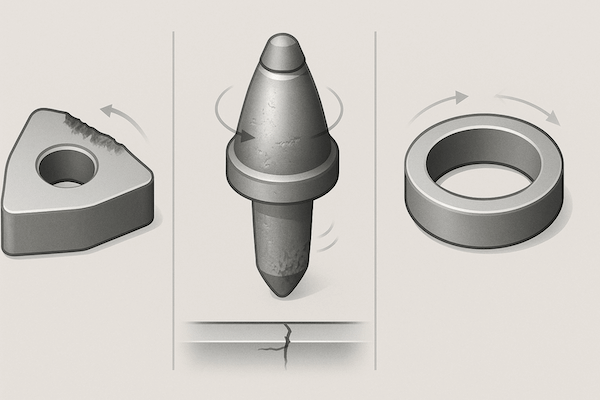
Wear-resistant tungsten carbide tools are crucial in industries such as:
Metalworking – cutting inserts, end mills, drills
Mining and tunneling – picks, buttons, wear plates
Mold and die – punches, forming dies, ejector pins
In all these applications, tool failure from wear can lead to costly interruptions—making wear resistance a key selection criterion.
Testing and Measuring Wear Resistance
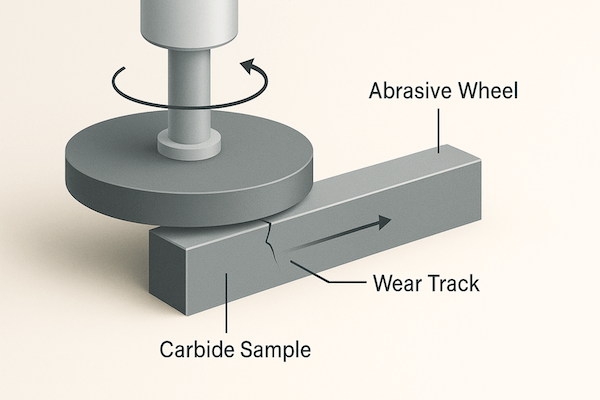
Wear resistance is usually evaluated through:
Pin-on-disc tests
Dry sliding wear tests
Abrasive wheel tests
Field performance analysis
These methods simulate real-world wear conditions and provide quantifiable comparisons between different carbide grades.
Conclusion
Wear resistance is one of the most important performance metrics for tungsten carbide tools, especially in demanding industrial environments. Thanks to its unique combination of hardness, density, and binder support, cemented carbide offers exceptional resistance to surface degradation. Engineers and manufacturers must carefully select the right grade, binder, grain size, and coating to match each application’s wear demands—ensuring superior performance and long-lasting reliability.
